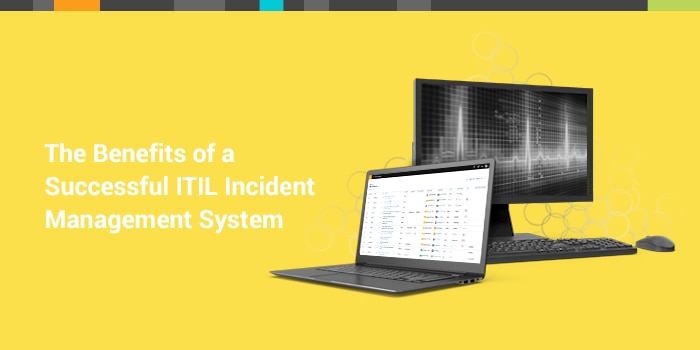According to
IBM, 98% of companies plan to use hybrid cloud computing by 2021. That means almost everyone will be managing some combination of on-premises and cloud-based infrastructure.
The trend to adopt a
hybrid IT infrastructure is steadily rising, and many IT pros know the value it adds to the business, namely providing more flexibility and virtualization. An agile service desk with integrated service tools can make IT’s responsibilities easier and can
boost employee engagement and customer satisfaction (CSAT) as a result.
While there are myriad benefits, there are also a number of challenges that can arise for IT pros as they navigate a hybrid IT environment: complex infrastructure, constant changes, maintaining security, and troubleshooting issues to name a few. There’s also the challenge of maximizing value to the business. And just like with traditional IT, network outages and downtime for employees is a possibility when working in hybrid IT.
Fortunately for those of us in IT, a powerful
ITSM solution and a robust strategy that applies
ITIL best practices and guiding principles can help streamline and simplify this growing complexity.
How ITSM Addresses the Challenges of Hybrid IT
Problem Management
This ITIL practice gets to the root of an ongoing issue. Issues or outages in IT infrastructure can cause a major impact to the business, and problem management can help minimize or even prevent disruption to employees. It helps identify how
incidents, configuration items (CIs), and tasks are related.
Many times an influx of tickets pours in if, for example, a server or router is compromised. An IT department can get ahead of this by identifying the problem, notifying all those who are affected by the problem that it’s being taken care of, creating a checklist of tasks to complete, and suggesting alternative
engagement methods until the issue is fixed.
A key component of problem management is being proactive and creating a process that predicts and prevents problems before they occur. Given the complexity of hybrid IT environments, it’s important to have this practice in place.
Change Management
Referring back to the challenge of maintaining and updating infrastructure,
change management is a great way to facilitate it. Change management is the process of communicating clearly to the people affected by the change and reducing frustration while improving the quality of service.
It’s important for IT pros to recognize the value of
change advisory boards (CAB) and change plans. Implementing a CAB with stakeholders from each key area of the business can help with assessments, prioritization, and scheduling of changes in the environment. These boards can also organize rollback and backup plans in the (ideally rare) case of a change not going into effect properly.
CMDB
A
configuration management database (CMDB) creates audit trails for each piece of infrastructure. Labeling items as CIs helps make storage and management of those items easier in the CMDB. For instance, a business may be preparing to purchase new computer monitors for employees but soon discovers in the CMDB that there are unused monitors stored away. This discovery has now saved the business money and time searching for new monitors.
The CMDB can also track CIs within
network and systems infrastructure, including records of incidents, problems, and changes. Sometimes, a server outage or configuration issue can be traced back to a recent change within the service desk. The faster IT can identify the source of the issue, the faster they can restore the service that the business depends on. The
CMDB is a great way to track these relationships.
Promoting Collaboration Across IT
At the heart of managing a complex and challenging hybrid IT environment successfully is collaboration between people, practices, and tools. It’s not only valuable but increasingly crucial for network teams, service desk technicians, and applications teams to work together in order to navigate these complexities.
Proper training, communication, collaboration, and cross-functional roles can help
IT departments break down silos. Integrating the service desk into your broader IT operations management (ITOM) strategy is a great place to start.








